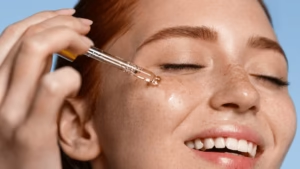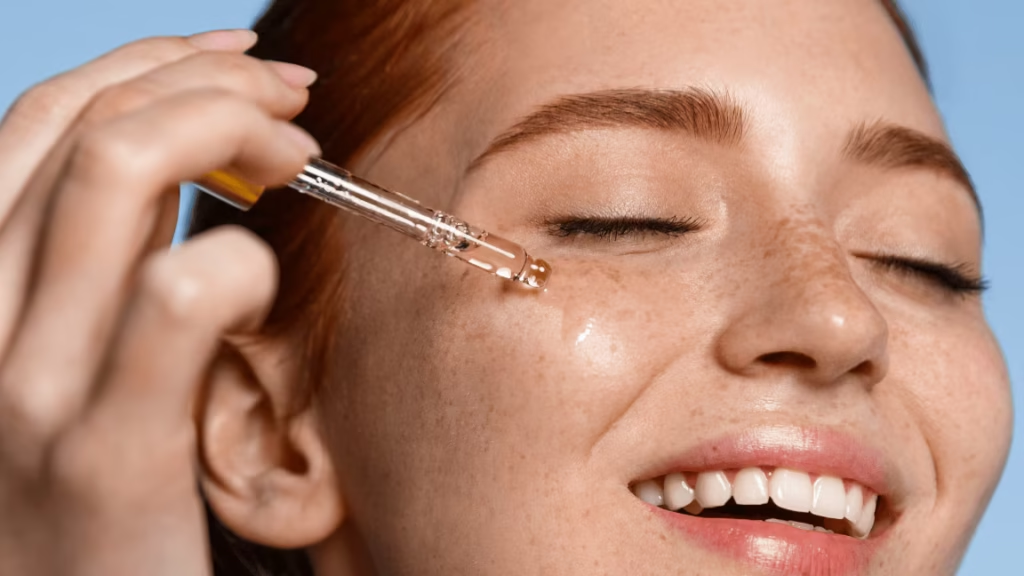
How to Reduce Hair Fall: Effective Strategies for Healthy Hair
Understanding Hair Fall
Hair fall is a phenomenon that many individuals experience, and it can occur for a variety of reasons. One of the most prevalent causes is genetic predisposition, commonly known as hereditary hair loss or androgenetic alopecia. This type of hair loss is often characterized by a gradual thinning of hair, typically starting from the temples or the crown of the head, and it affects both men and women. Understanding one’s family history can provide insights into potential genetic factors contributing to hair fall.
In addition to genetics, various health conditions can play a significant role in hair loss. Conditions such as thyroid disorders, iron deficiency anemia, and autoimmune diseases can disrupt the hair growth cycle, leading to noticeable thinning. Furthermore, hormonal imbalances, particularly those related to pregnancy, menopause, or polycystic ovary syndrome (PCOS), can cause an increase in hair shedding. Identifying these underlying health issues is crucial for addressing any related hair fall concerns effectively.
Environmental influences, such as pollution, harsh weather, and the use of certain hair care products, can also contribute to unhealthy hair and facilitate hair fall. Prolonged exposure to sun, frequent chemical treatments, and excessive heat from styling tools may weaken hair strands and lead to breakage, further exacerbating the problem. Understanding the impact of these factors can aid individuals in making informed choices about their hair care routines.
It is important to note that some degree of hair loss is normal, as hair goes through a natural growth cycle comprised of three phases: anagen (growth), catagen (transition), and telogen (resting). Typically, losing about 50 to 100 strands a day is considered normal. However, if hair fall exceeds this amount, it may signal a need for further investigation, particularly if accompanied by other symptoms such as scalp irritation or bald patches. Tracking these changes is vital for determining when to seek professional advice and understand the causes of hair fall better.
Nutritional Tips for Healthy Hair
Maintaining healthy hair is intrinsically linked to proper nutrition. A balanced diet rich in essential vitamins and minerals plays a crucial role in preventing hair fall and promoting hair strength. Key nutrients, such as Biotin, Vitamin D, Iron, and Omega-3 fatty acids, are particularly important for hair health. Biotin, a B-vitamin, is vital for keratin production, the primary protein that makes up hair strands. Including foods such as eggs, nuts, and avocados can ensure adequate biotin intake, contributing to stronger hair.
Vitamin D also plays a significant role in hair follicle cycling. A deficiency in this vitamin has been associated with hair loss, making it essential to incorporate Vitamin D-rich foods like fatty fish, fortified dairy products, and sunlight exposure into your routine to support overall hair health. Additionally, Iron is a critical mineral that helps carry oxygen to hair follicles. Insufficient iron levels can lead to hair weakness and fall. To boost iron intake, consider consuming red meat, lentils, spinach, and pumpkin seeds.
Another important nutrient for hair vitality is Omega-3 fatty acids, which help nourish hair and support scalp health. These healthy fats can be found in fatty fish, walnuts, and flaxseeds. Beyond vitamins and minerals, hydration is also pivotal. Water aids in the transport of nutrients to hair follicles, preventing dryness and brittleness. Drinking adequate amounts of water daily, along with a diet that includes hydrating fruits and vegetables such as cucumbers and watermelon, can significantly enhance hair health.
Incorporating a variety of these nutrient-rich foods into your daily meals can create a strong foundation for healthy hair growth. Understanding the link between nutrition and hair health is the first step towards reducing hair fall and ensuring your locks remain robust and vibrant.
Effective Hair Care Routine
Establishing an effective hair care routine is crucial for minimizing hair fall and promoting healthy hair growth. The foundation of this routine begins with selecting the right shampoo and conditioner. It is advisable to choose products that are free of sulfates, parabens, and other harsh chemicals that can strip the hair of its natural oils, leading to damage and breakage. Opting for a sulfate-free shampoo and a nourishing conditioner that is rich in beneficial ingredients such as vitamins, proteins, and natural oils can significantly enhance hair vitality.
In addition to using suitable products, it is essential to adopt gentle handling techniques when caring for your hair. This includes using a wide-toothed comb to detangle wet hair, which is more prone to breakage. It is also important to minimize the use of heat treatments, such as straighteners and curling irons, as excessive heat can weaken the hair shaft. Instead, consider air-drying your hair whenever possible, and if heat styling is necessary, always apply a heat protectant spray.
Another effective strategy to promote hair health is incorporating regular scalp massages into your routine. Scalp massages stimulate blood circulation to the hair follicles, which can encourage hair growth and reduce hair fall. Using your fingertips, gently massage your scalp in circular motions for about five to ten minutes daily. This simple practice not only boosts hair growth but also helps to relieve stress, which can be a contributing factor to hair loss.
In conclusion, integrating these essential components into a daily hair care routine will provide a holistic approach to maintaining healthy hair. By selecting the right products, employing gentle handling techniques, and incorporating scalp massages, individuals can create a nurturing environment that supports hair strength and reduces fall.
Addressing Medical Conditions and Treatments
Experiencing excessive hair fall can be a concerning issue that many people face at some point in their lives. It is essential to recognize when hair loss goes beyond typical shedding and consult healthcare professionals for a thorough evaluation. Various medical conditions can lead to significant hair loss, including thyroid disorders, hormonal imbalances, and other underlying health issues. Conditions such as hypothyroidism or hyperthyroidism can disrupt the natural hair growth cycle, leading to increased shedding, whereas hormonal shifts associated with conditions like polycystic ovary syndrome (PCOS) can also contribute to hair fall.
In addition to recognizing potential medical conditions, it is important to be aware of the treatment options available for addressing hair loss. Topical treatments, such as minoxidil, have shown effectiveness in stimulating hair regrowth and are commonly recommended for individuals experiencing hormonal-related hair fall. Additionally, healthcare professionals might prescribe medications that target the root cause of hair loss. For example, in cases where hair fall is linked to hormonal imbalances, adjusting hormone levels may help restore proper hair growth.
For those seeking more advanced interventions, professional therapies like Platelet-Rich Plasma (PRP) have gained popularity as effective treatment options. PRP therapy involves extracting a small amount of blood, processing it to concentrate the platelets, and injecting it into the scalp to promote hair growth. This treatment harnesses the body’s natural healing properties and has shown promising results for those struggling with hair loss due to various medical conditions.
In conclusion, addressing hair loss involves understanding its underlying causes and exploring appropriate treatment options. Consulting a healthcare professional can help identify the root cause of hair fall and guide individuals toward effective strategies for promoting healthy hair.








